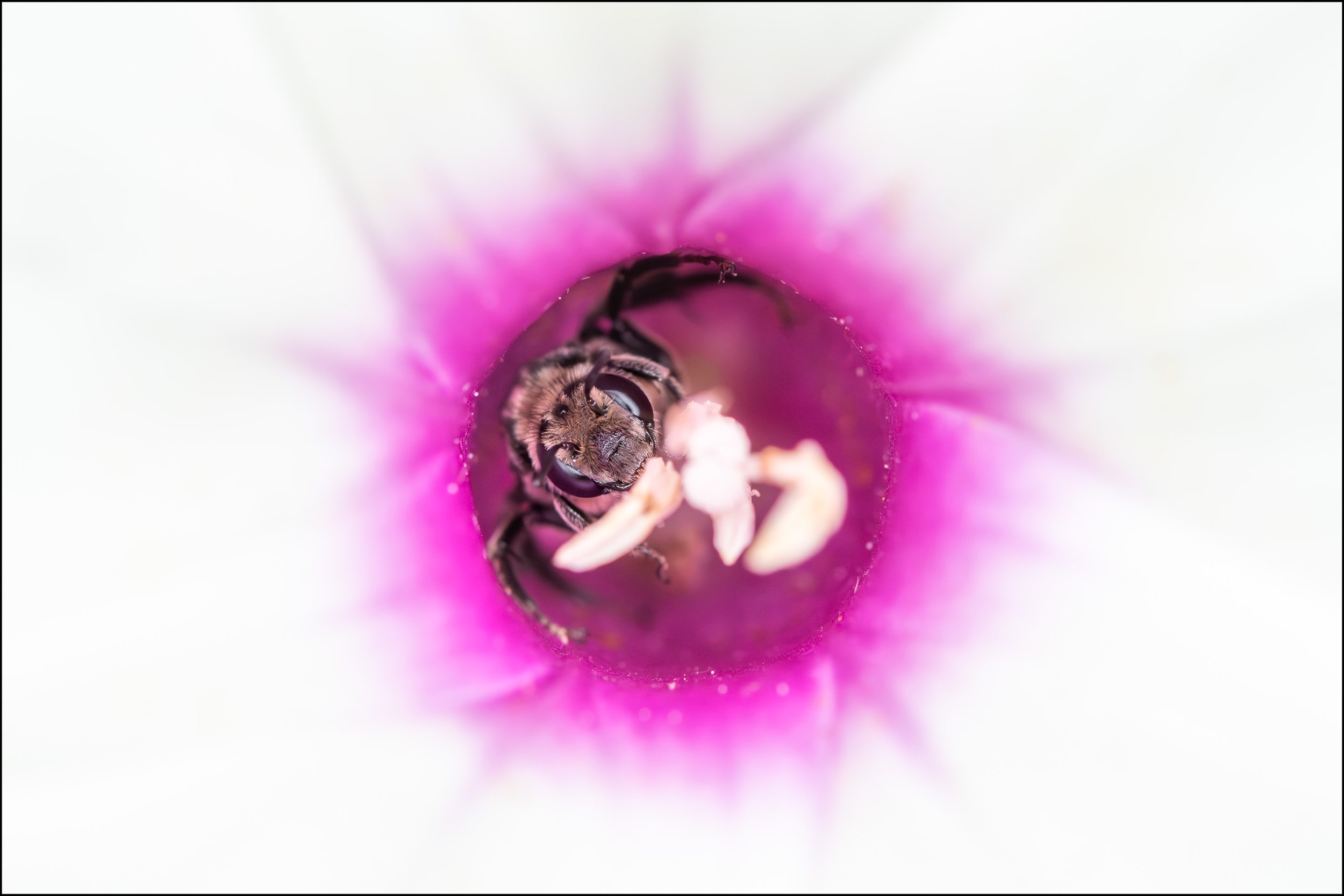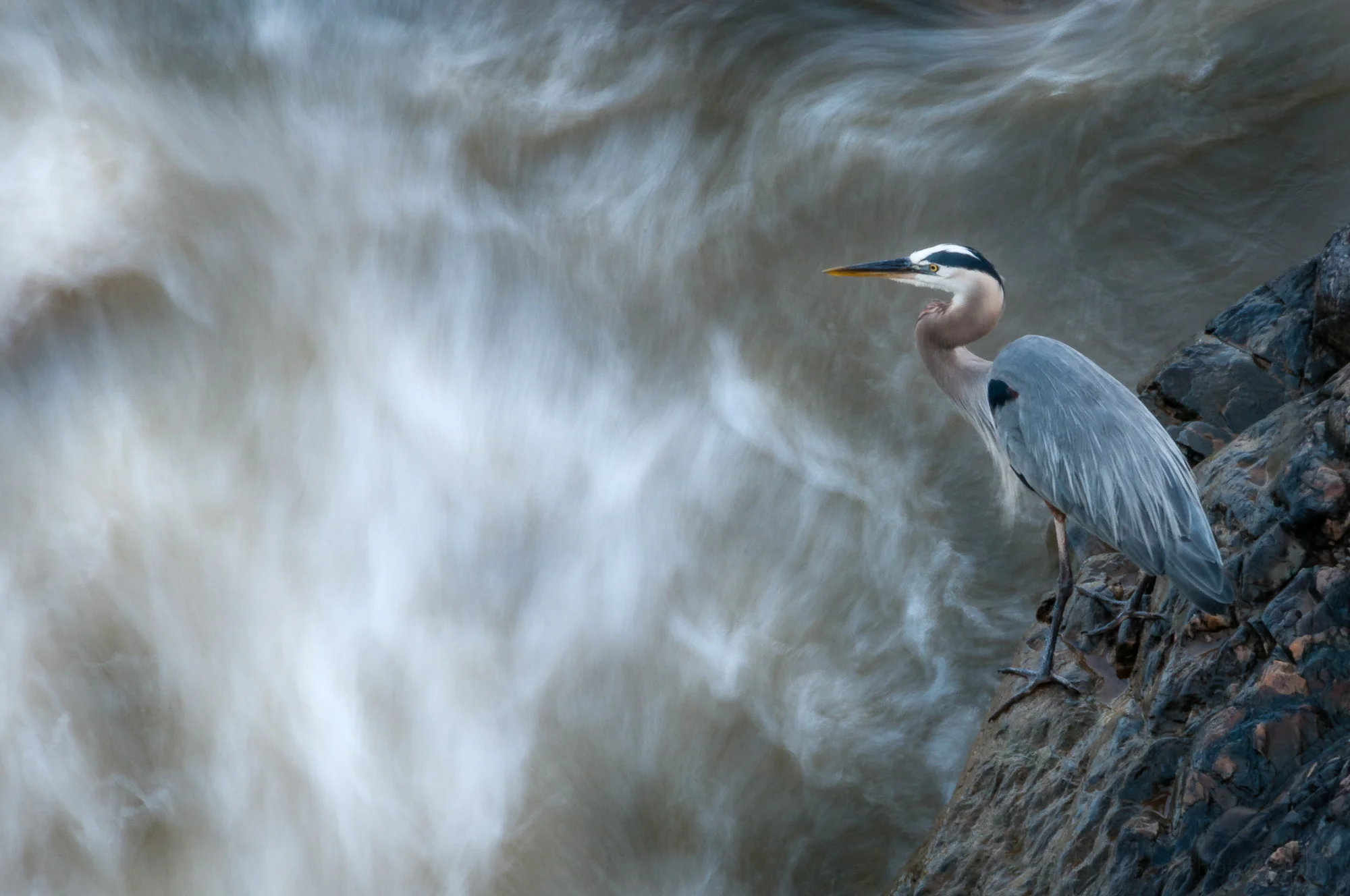Pair of Familiar Bluet Damselfly mating
Damselflies have a fascinating method of mating, as seen in this image of a mating pair of familiar bluet damselflies. The male damselfly is blue and the female is green. The male produces sperm in an organ near the end of its abdomen, on the underside. It then curls its abdomen and transfers the sperm to a secondary organ at the other end its abdomen, again on the underside, just behind the shoulder and wings (notice where the end of the female’s abdomen is attached to the male in the image).
After the male has attracted a female it clasps the female behind her head using claspers on the very end of its abdomen. The female curls her abdomen segments, attaching the rear of her abdomen to the male’s secondary organ where it deposited its sperm. They form an interesting patten when attached to one another. I’ve seen them perched this way on branches, as in the image, and I’ve also seen them sometimes fly together in tandem. It’s an amazing sight.
Later the female will remove her abdomen from the male and deposit her eggs somewhere, typically on submerged vegetation. The male usually continues to clasp the female while she deposits her eggs.
I love observing behaviors of various species in nature. There are such varied, and sometimes complex, behaviors out there, it never grows old, and there’s always more to see and more to learn. This is an example of why it’s important to re-visit the same locations throughout the year. You can observe different behaviors at different times.
Do you enjoy these posts?
Sign up to receive periodic emails with updates and thoughts. Don’t worry, I won’t spam you. And please consider purchasing artwork or products from my online store, and using my affiliate links in the sidebar to the right when shopping online.
I appreciate your support!

























































